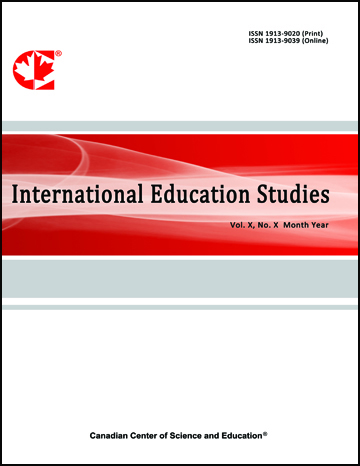Perspectives on Art Education for Sustainable Development in Higher Education Institutions in Sichuan Province
- Li Dong
- Thanida Sujarittham
- Sarayuth Sethakhajorn
- Phatchareephorn Bangkheow
- Jintawat Tanamatayarat
- Trai Unyapoti
- Sura Wuttiprom
- Nathiphat Phungphrom
Abstract
This study examines the current state of Art Education for Sustainable Development (AESD) in higher education institutions across Sichuan Province, focusing on six key dimensions: Goal of Art Education Training (GAET), Art Education System and Mechanism (AESM), Art Education Curriculum System (AECS), Art Practice System (APS), Art Education Faculty (AEF), and Art Education Quality (AEQ). A mixed-methods approach was adopted, combining questionnaires and structured interviews with 384 students, 291 teachers, 274 administrators, and 25 experts. Quantitative analysis, employing descriptive statistics, ANOVA, and Pearson correlation, indicated moderate overall perceptions of AESD. Strengths included alignment with individual development needs and the effectiveness of independent practice systems, while challenges encompassed unclear training objectives, underdeveloped institutional mechanisms, and limited international opportunities. Qualitative findings reinforced these observations, highlighting outdated curricula, insufficient faculty development, and inadequate resource allocation as persistent obstacles. Furthermore, the study identified significant correlations among key variables, with AESM and APS emerging as critical factors in enhancing education quality. Based on these insights, the study recommends redefining training objectives, fostering curriculum innovation, expanding interdisciplinary and international opportunities, and strengthening institutional mechanisms to more effectively align art education with sustainable development goals (SDGs). These findings offer actionable insights to address systemic gaps and leverage institutional strengths, ultimately equipping higher education institutions to prepare stakeholders for meaningful contributions to societal progress and sustainability.
- Full Text:
 PDF
PDF
- DOI:10.5539/ies.v18n6p120
Journal Metrics
h-index : 62
i10-index: 604
Index
- Academic Journals Database
- AcademicKeys
- ACNP
- ANVUR (Italian National Agency for the Evaluation of Universities and Research Institutes)
- BASE (Bielefeld Academic Search Engine)
- Berkeley Library
- CiteFactor
- CNKI Scholar
- COPAC
- Copyright Clearance Center
- CrossRef
- DESY Publication Database
- DTU Library
- EBSCOhost
- Education Resources Information Center (ERIC)
- Educational Research Abstracts
- Electronic Journals Library
- Elektronische Zeitschriftenbibliothek (EZB)
- Excellence in Research for Australia (ERA)
- Genamics JournalSeek
- GETIT@YALE (Yale University Library)
- Ghent University Library
- Harvard Library
- Jisc Library Hub Discover
- JournalGuide
- JournalTOCs
- LOCKSS
- LSE Library
- MIAR
- Microsoft Academic
- Mir@bel
- NewJour
- Norwegian Centre for Research Data (NSD)
- OAJI
- Open J-Gate
- PKP Open Archives Harvester
- Polska Bibliografia Naukowa
- Publons
- Qualis/CAPES
- ResearchGate
- ROAD
- Scilit
- SHERPA/RoMEO
- SOBIAD
- Southwest-German Union Catalogue
- Standard Periodical Directory
- Stanford Libraries
- Technische Informationsbibliothek (TIB)
- The Keepers Registry
- UCR Library
- Ulrich's
- UniCat
- Universe Digital Library
- UoS Library
- USask Library
- VOCEDplus
- WorldCat
Contact
- Chris LeeEditorial Assistant
- ies@ccsenet.org
